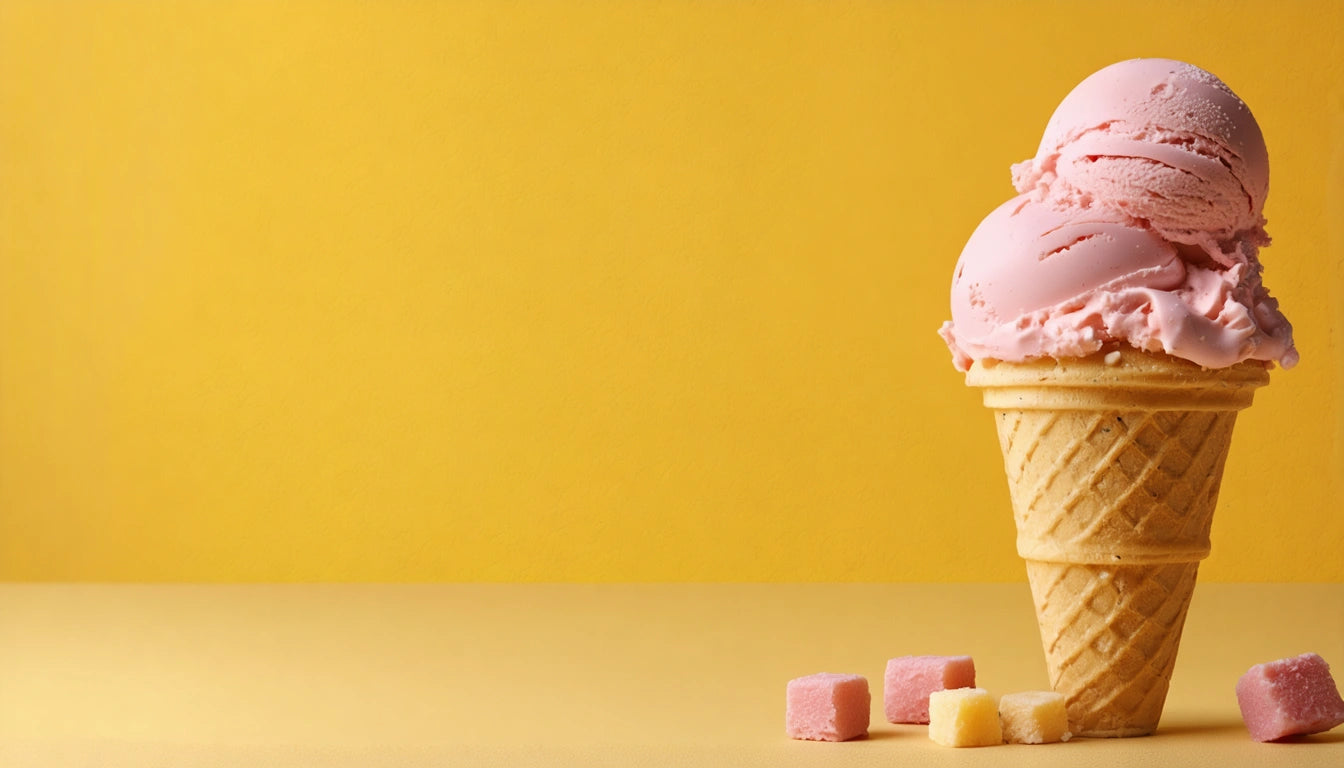The Silent Salesperson: Retail Packaging That Sells Itself
In the competitive retail landscape, packaging does more than protect products. It serves as a silent salesperson, communicating value, quality, and brand identity when no staff member is available to pitch. Effective packaging design can significantly impact purchasing decisions, with studies showing consumers make up to 70% of buying choices at the point of sale.
Psychology Behind Effective Retail Packaging
Consumer psychology plays a crucial role in how packaging influences purchase decisions. Color psychology, for instance, triggers specific emotional responses. Blue conveys trust and reliability, while orange and red create urgency. Brands strategically select colors that align with their positioning and target audience preferences.
Shape and structure also communicate subconscious messages. Angular packaging suggests efficiency and strength, while curved designs evoke comfort and accessibility. These subtle cues guide consumer perception before any conscious evaluation occurs.
Visual Hierarchy and Attention Mapping
Effective retail packaging creates a visual journey that guides the eye to key selling points. This hierarchy typically follows the Z-pattern of visual scanning, placing the most important elements where eyes naturally travel first. Packaging that pops off the shelf leverages this principle to maximize impact in crowded retail environments.
Design Elements That Drive Conversions
Several design elements contribute to packaging's selling power. Typography must balance readability with brand personality, especially when viewed from typical shopping distances. Iconography and symbols communicate quickly, bypassing language barriers and reducing cognitive load.
Materials selection affects both perception and functionality. Premium products benefit from substantial, tactile materials that suggest quality through weight and texture. Our automated filling equipment solutions help maintain consistency when implementing these premium packaging strategies at scale, ensuring the final product matches the design intent.
Shelf Placement and Visibility Strategies
Even brilliant packaging fails without proper shelf visibility. Strategic considerations include:
- Contrast against competing products and shelf backgrounds
- Distinctive silhouettes that break pattern recognition
- Consistent brand blocking to create visual impact
- Consideration of viewing angles and lighting conditions
Shelf impact in club stores requires different approaches than specialty retail, with emphasis on stackability and structural integrity for pallet displays.
Shelf-Ready Packaging Solutions
Shelf-ready packaging (SRP) streamlines retail operations while maximizing visibility. These solutions arrive ready to place directly on shelves, reducing handling costs while ensuring optimal presentation. Designing for shelf-ready displays requires balancing efficiency with visual appeal, often incorporating perforations, die-cuts, and structural elements that transform shipping containers into attractive displays.
Packaging Innovation for Retail Success
Innovation in retail packaging continues to evolve with consumer expectations and technological capabilities. Interactive elements like QR codes, augmented reality features, and near-field communication (NFC) tags extend packaging functionality beyond the physical shelf.
Seasonal adaptations also drive retail success. Festive packaging for holiday sales leverages limited-time designs to create urgency and gift-worthiness without requiring product reformulation.
Sustainability as a Selling Point
Eco-friendly packaging has evolved from nice-to-have to essential for many consumer segments. Brands increasingly leverage sustainable materials and minimalist designs not just for environmental benefits but as visible signals of corporate values. Packaging that communicates sustainability through design, materials, and messaging connects with environmentally conscious consumers.
Measuring Packaging Performance in Retail
The ultimate test of packaging effectiveness comes at the register. Smart brands implement A/B testing of packaging designs, tracking key performance indicators like:
- Conversion rates compared to previous designs
- Time-to-purchase metrics
- Eye-tracking studies in retail environments
- Social media sharing and user-generated content featuring packaging
These metrics provide actionable insights for continuous improvement. Packaging's influence on retail conversion can be quantified through these approaches, allowing for data-driven design decisions.
When packaging truly functions as a silent salesperson, it creates a seamless path from shelf to cart. By incorporating psychology, strategic design elements, and innovation, brands can develop packaging that not only protects products but actively sells them, even when no sales associate is present to make the pitch.











Leave a comment
All comments are moderated before being published.
This site is protected by hCaptcha and the hCaptcha Privacy Policy and Terms of Service apply.